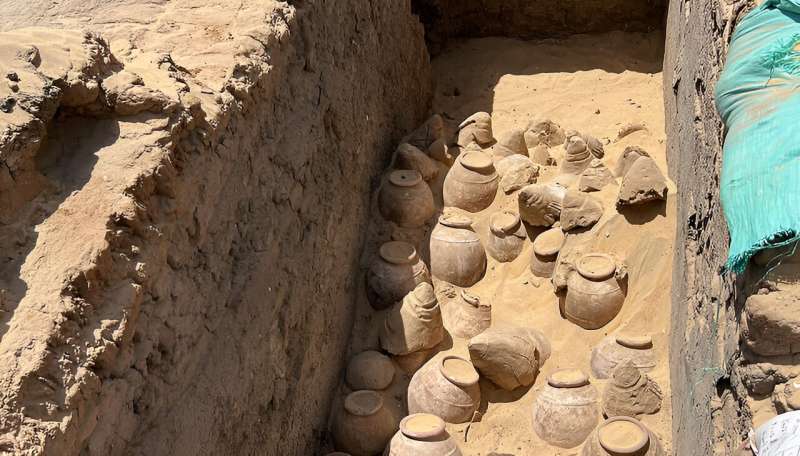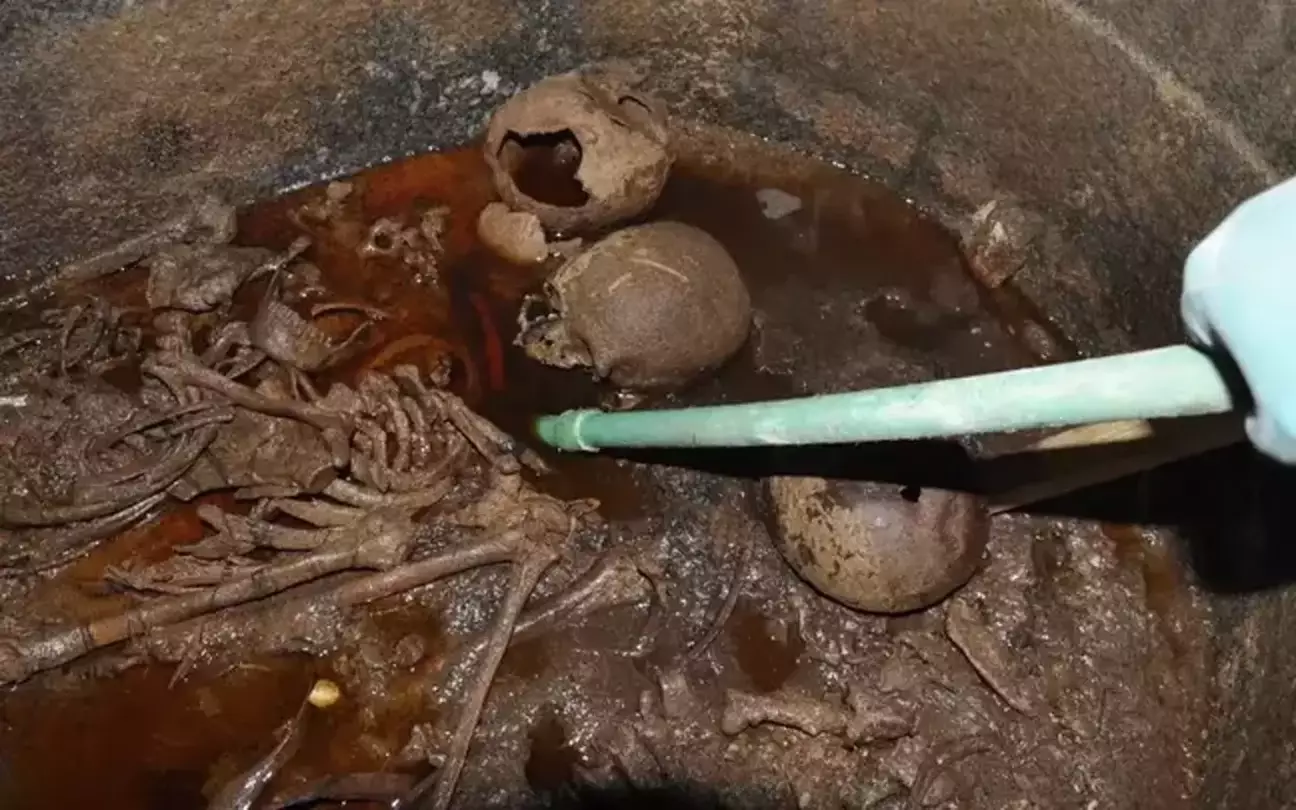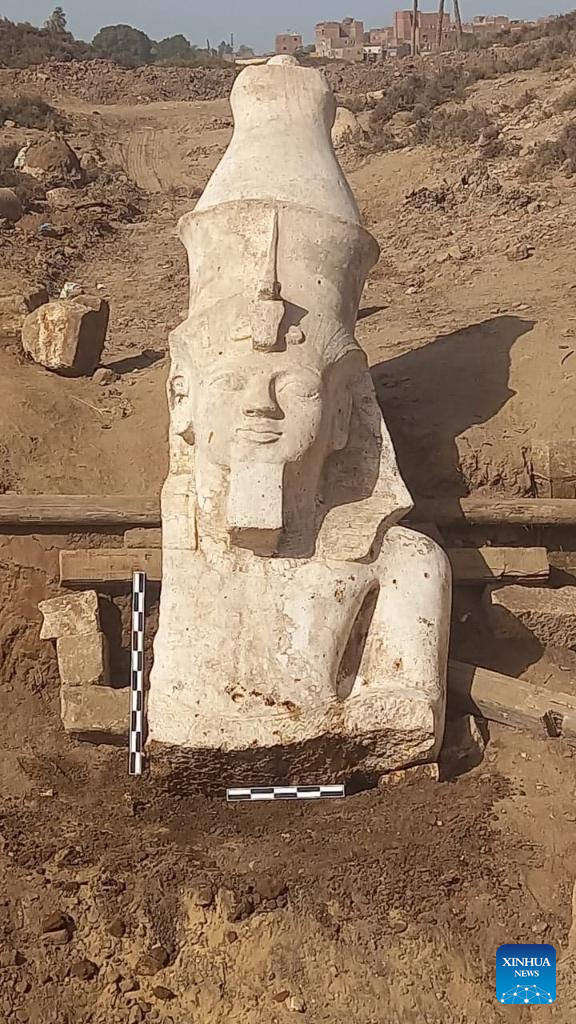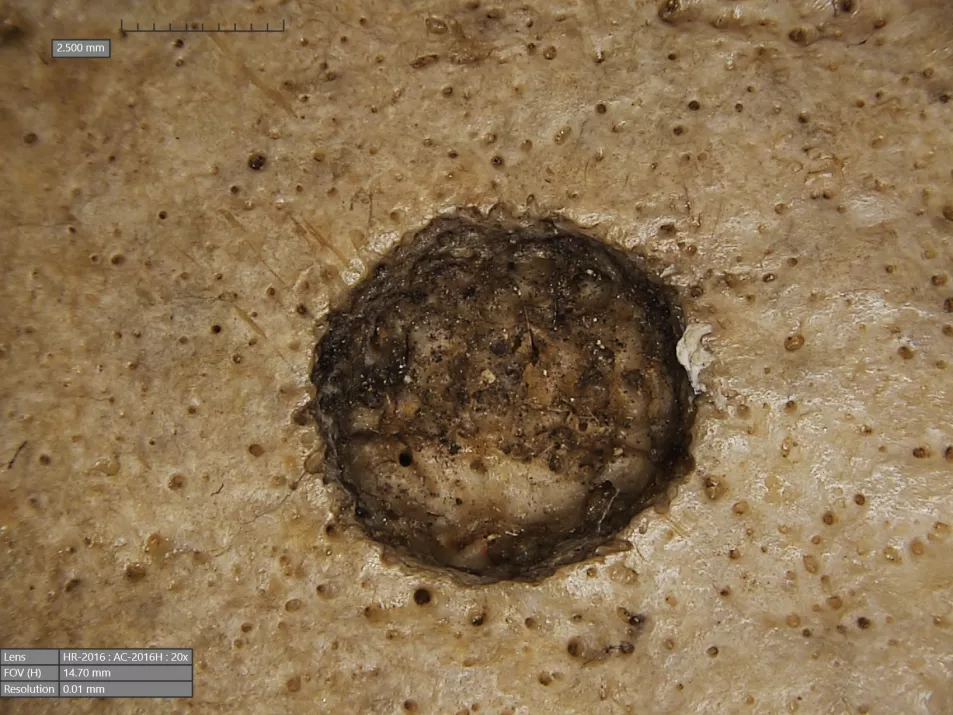Lord Lucan
Justified & Ancient
- Joined
- Feb 17, 2017
- Messages
- 4,692
This tour: Ramses & The Gold of the Pharaohs is coming to the Australian Museum in Sydney from 18 November.
'This all-new multisensory museum experience provides visitors with a window into the life and accomplishments of Ramses II, more commonly known as Ramses the Great, who ruled Egypt for 67 years – the second longest reign for any pharaoh, living an astonishing 92 years. Exclusive to Sydney, Ramses & the Gold of the Pharaohs features 181 priceless artefacts including Egyptian treasures and one-of-a-kind relics, many representing the exceptional pharaoh himself and many of which have never left Egypt before. On this immersive journey visitors will discover a stunningly preserved collection of artefacts, including sarcophagi, animal mummies, magnificent jewellery, spectacular royal masks, exquisite amulets, and ornate golden treasures of the tomb, showcasing the superb workmanship of Egyptian artisans.'
https://australian.museum/exhibition/ramses/
We have our tickets.
'This all-new multisensory museum experience provides visitors with a window into the life and accomplishments of Ramses II, more commonly known as Ramses the Great, who ruled Egypt for 67 years – the second longest reign for any pharaoh, living an astonishing 92 years. Exclusive to Sydney, Ramses & the Gold of the Pharaohs features 181 priceless artefacts including Egyptian treasures and one-of-a-kind relics, many representing the exceptional pharaoh himself and many of which have never left Egypt before. On this immersive journey visitors will discover a stunningly preserved collection of artefacts, including sarcophagi, animal mummies, magnificent jewellery, spectacular royal masks, exquisite amulets, and ornate golden treasures of the tomb, showcasing the superb workmanship of Egyptian artisans.'
https://australian.museum/exhibition/ramses/
We have our tickets.





